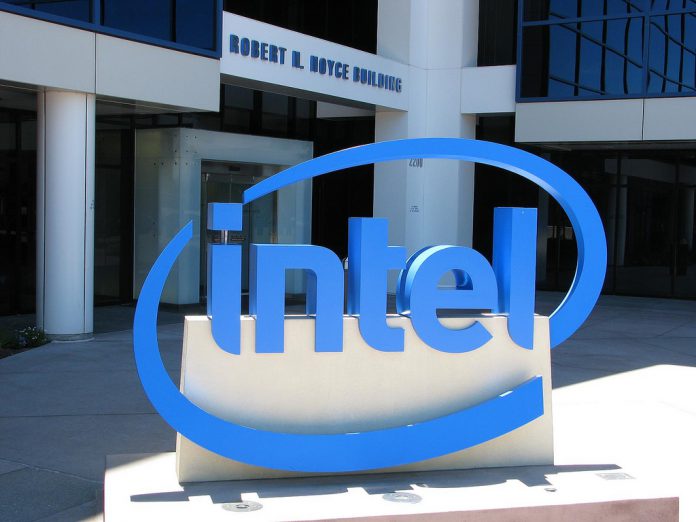Microsoft is looking to fix that with Windows 10 on ARM, but Intel has an alternate solution. At its keynote at Computex in Tapei, it announced its Low Power Display Technology. The tech can combine with a one watt panel by Sharp and Innolux to cut LCD power consumption by up to half. For the average user, that means an extra four to eight hours of battery life during local video playback. According to Intel, it comes at with no degredation in the brightnress, or resolution of the display, with some devices lasting a total of 25 hours.
Details Still Sparse
On the surface, this sounds like a huge leap forward that it bound to be an instant hit with buyers. The display remains the biggest drain, and with increasing resolutions and other features that’s only growing. However, it’s worth noting that there aren’t many details about Low Power Display Technology and any limitations. We know that users will have to use Intel’s graphics rather than AMD or Nvidia, but other than that it’s unclear. Nobody has seen it in person, and Intel only showed a timelapse video of the Dell XPS 13. It’s also possible that rather than increasing battery life, OEMs will choose to equip devices with a smaller battery for reduced weight and thickness. Essentially, we’ll just have to wait and see, and with no release date in sight, its unclear how long that will be.




